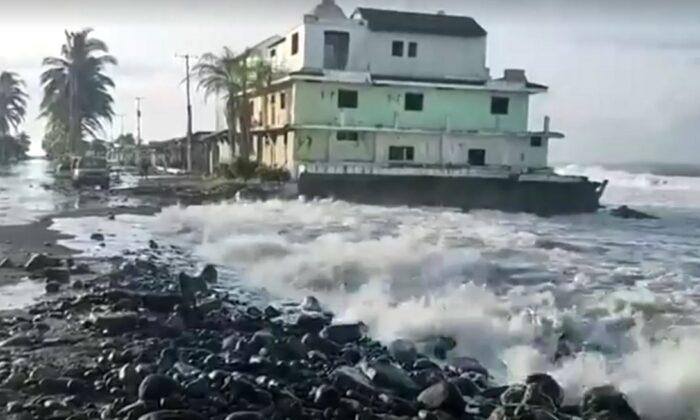About 27 miles west of San Francisco, the Farallon Islands host a plethora of wildlife, including some of the largest seabird populations, five kinds of marine mammals and rare species like the Farallon arboreal salamander.
But they’re also home to another animal scientists are proposing to get rid of—mice.
Their numbers on the island are among the highest recorded on any other island in the world, the service said.
So scientists want to throw nearly 3,000 pounds of rodent bait Brodifacoum-25D—a poison—to completely eradicate the mice.
Sounds brutal, but the rodents’ eradication will help restore other animal populations, including native seabirds, amphibians and plants, scientists say.
The Damage That’s Been Done
The rats were introduced alongside rabbits and cats, the report states, which damaged vegetation and bird populations and were removed in the early 1970s.The mice that have remained are food to migratory burrowing owls, which switch to preying on rare ashy-storm petrels when mice aren’t available.
And the mice themselves eat endemic species and compete with other wildlife that’s native to the island.
The mice have even been found eating baby birds during seabird breeding season, according to the report.
What If Other Animals Get Poisoned?
It’s possible, the service said in its report, that the poison will affect water quality and marine resources if it drifts into the ocean.However, the bait is not easily dissolved in water, the service says and any bait that drifted off would only have “temporary and localized reductions in water quality,” with no long-term effects to water quality and animals.
But some aren’t convinced that will be all.
Kim Sandholdt was one of 48 people who have written to the commission to comment on the proposal.
“Do you not realize that rat poison is secondary, and not only will you be killing the mice, but you will also be killing everything that comes in contact with the poison and the dead mice?”
Sandholdt acknowledged mice are a problem, but said there needs to be a better solution.
A hearing for the project is set for Wednesday.




